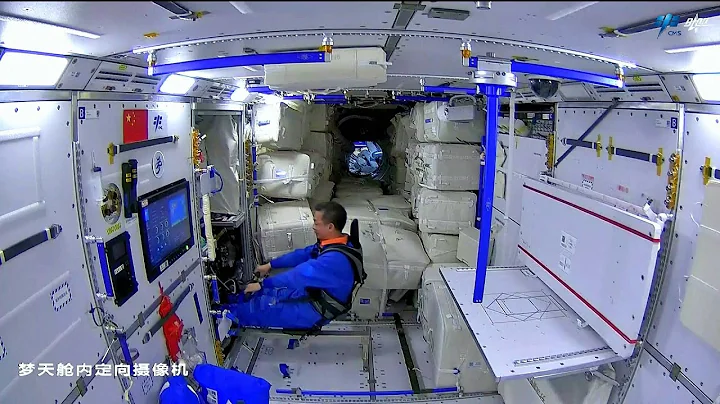
https://www.science.org/doi/10.1126/science.abl4381
proteome analysis with single-cell amino acid resolution is the dream of biomedical researchers. After all, proteins are the main "executors of most life activities." "(1).
Recently Researchers such as Cees Dekker of Delft University of Technology in the Netherlands may have made an important first step. Researchers used the existing nanopore system (nanopore) for DNA sequencing . By changing the sample preparation and data analysis strategy, analyzed the changes in peptide amino acids with high precision, thus proving the potential of high-precision protein sequencing using nanopores. Idea (2).
The researchers spliced the polypeptide to be tested with single-stranded DNA, and used DNA helicase to provide power to directional shuttle the peptide through the nanopore. Thus, similar to the principle of nanopore DNA sequencing, the amino acid sequence signal is converted into an electrical signal. , and then infer the sequence information based on the electrical signal (2).

Genetic principle of protein sequencing using nanopores (2)
However, as expected, the signal of this kind of peptide sequencing is messy and the accuracy is not high. The researchers analyzed that the main reason for the signal disorder was the "random noise" generated by the reciprocating thermal motion of the polypeptide in the nanopore; therefore, by reasonably setting the concentration of DNA helicase, the DNA helicase was allowed to repeatedly interact with the "DNA-polypeptide chain" during sequencing. "Combined, so repeatedly measures the electrical signal of the peptide passing through the nanopore like repeated "rewinding", improving the accuracy of peptide sequence analysis . Researchers estimate that if measurements are repeated 30 times, the error rate of peptide sequencing can reach less than one part per million (this is also an important advantage of measuring based on subtle changes in physical levels) (2).

Repeated independent measurements improve the accuracy of polypeptide sequence analysis (2)
The researchers said that this work only proves the concept of using nanopores to analyze single-molecule protein sequences. Currently, there are still difficulties in reading polypeptides composed of complex amino acids, and short reading fragments. Problems such as the " prior knowledge " that relies on protein sequences and the large amount of experimental data required for the analysis of complex mixed protein systems are difficult to analyze.
However, researchers are optimistic that these problems can be solved through experimental optimization and adjustment; this technology is expected to analyze single-cell proteomes with low cost and high precision and develop many specific applications, thus being widely used in basic scientific research and clinical practice (2) .
This work was published in Science(2) on November 4, 2021.
Comments:
protein is designed from scratch to improve the working efficiency of nanopores under low-temperature and high-salt conditions, thereby improving sequencing accuracy. It is worth exploring. After all, nanopore sequencing, an application that has never appeared in nature, is basically impossible to achieve optimal results with natural proteins ( 3).
Corresponding author introduction:

https://scholar.google.com/citations?user=PkEB9j4AAAAJ&hl=en
References:
1. E. M. Schoof et al., Quantitative single-cell proteomics as a tool to characterize cellular hierarchies. Nat. Commun. 2021 121. 12, 1–15 (2021).
2. H. Brinkerhoff, A. S. W. Kang, J. Liu,A. Aksimentiev, C. Dekker, Multiple rereads of single proteins at single–amino acid resolution using nanopores. Science (80 -. ). (2021),doi:10.1126/SCIENCE.ABL4381.
3. A. A. Vorobieva et al., De novo design of transmembrane β barrels. Science (80-. ). 371 (2021),doi:10.1126/SCIENCE. ABC8182.
Original link:
https://www.science.org/doi/10.1126/science.abl4381











